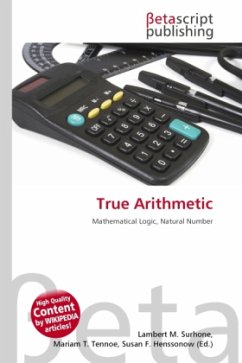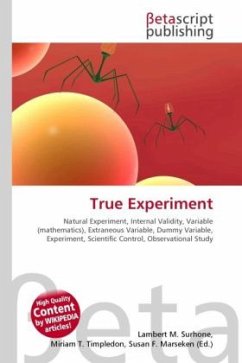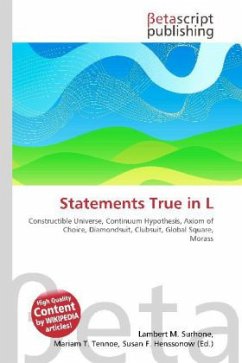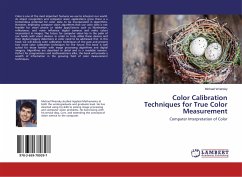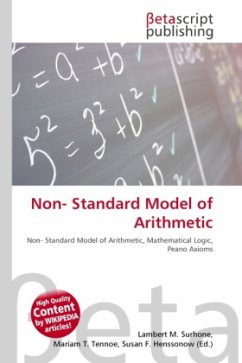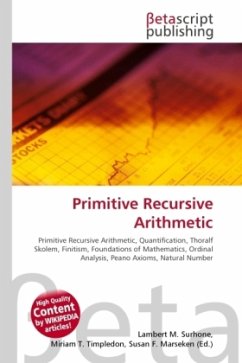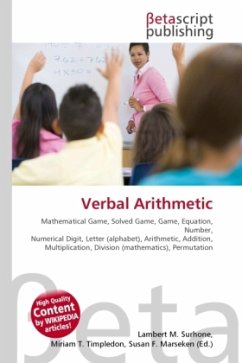High Quality Content by WIKIPEDIA articles! The true theory of second-order arithmetic consists of all the sentences in the language of second-order arithmetic that are satisfied by the standard model of second-order arithmetic, whose first-order part is the structure mathcal{N} and whose second-order part consists of every subset of mathbb{N}. The true theory of first-order arithmetic, Th(mathcal{N}), is a subset of the true theory of second order arithmetic, and Th(mathcal{N}) is definable in second-order arithmetic. However, the generalization of Post's theorem to the analytical hierarchy shows that the true theory of second-order arithmetic is not definable by any single formula in second-order arithmetic. Simpson (1977) has shown that the true theory of second-order arithmetic is computably interpretable with the theory of the partial order of all Turing degrees, in the signature of partial orders, and vice versa.
Bitte wählen Sie Ihr Anliegen aus.
Rechnungen
Retourenschein anfordern
Bestellstatus
Storno

